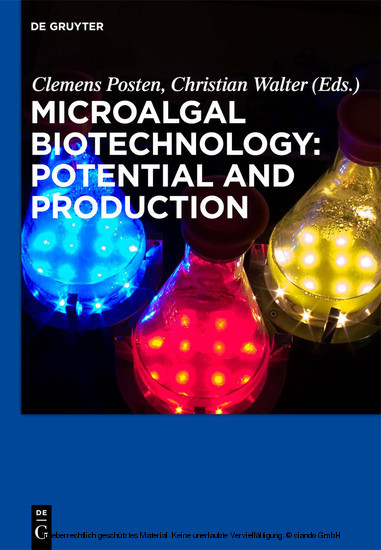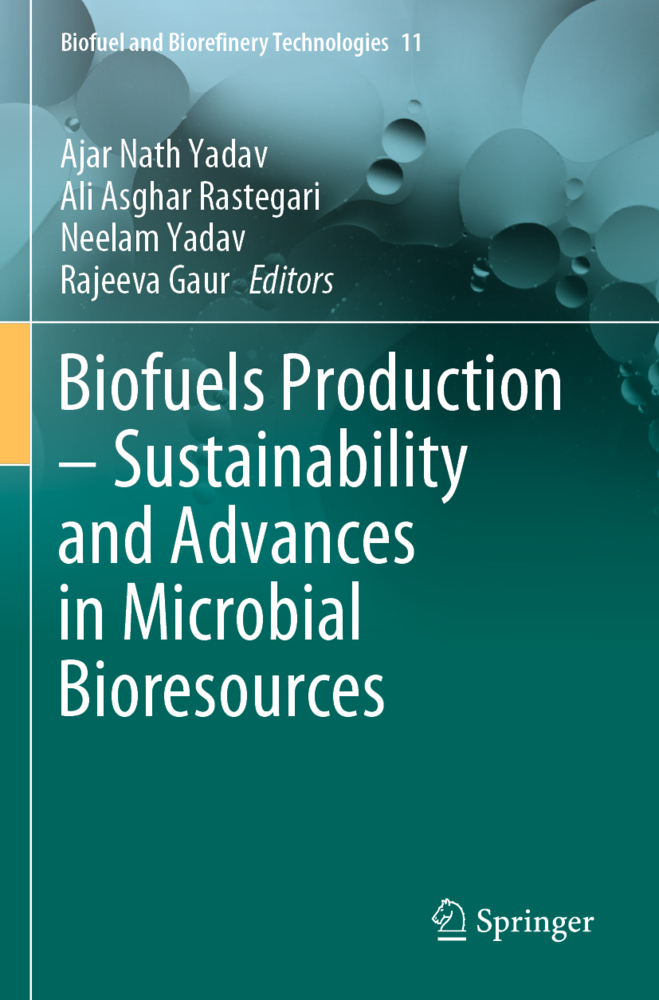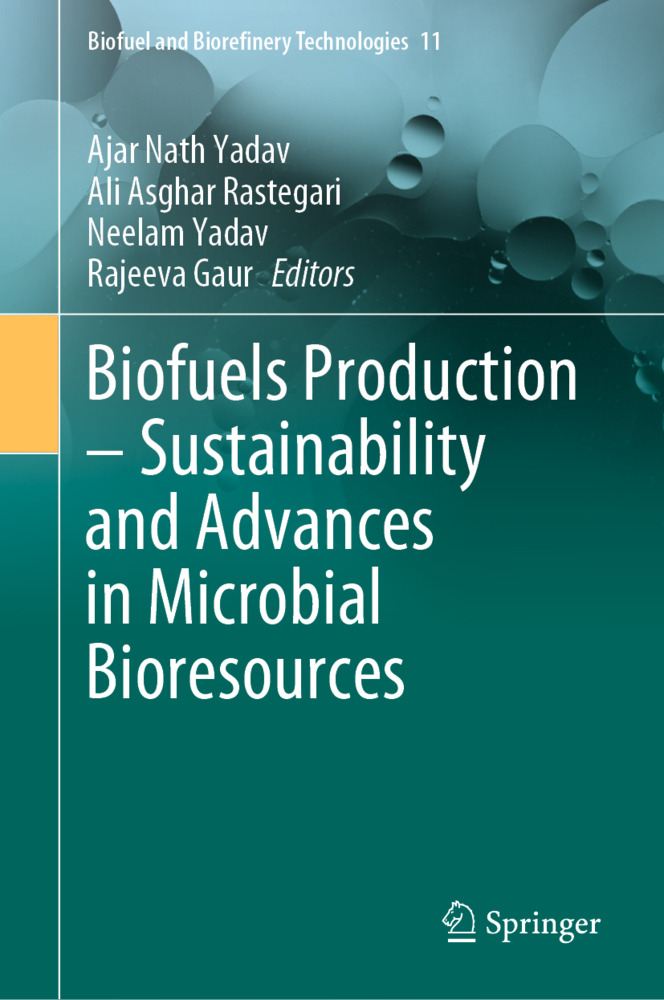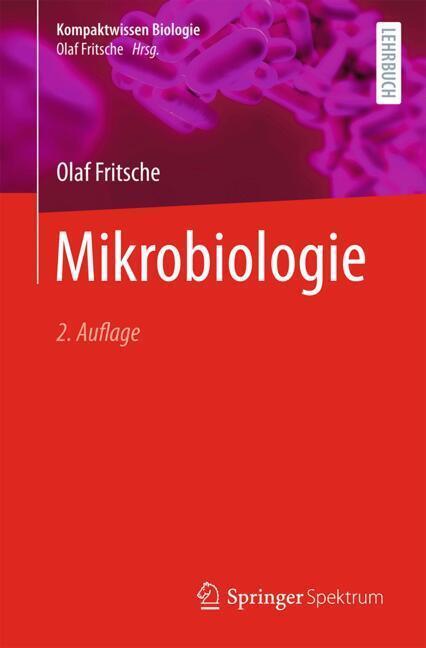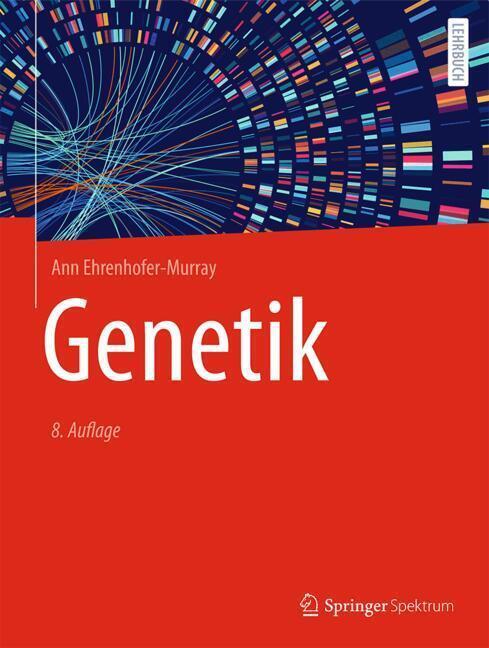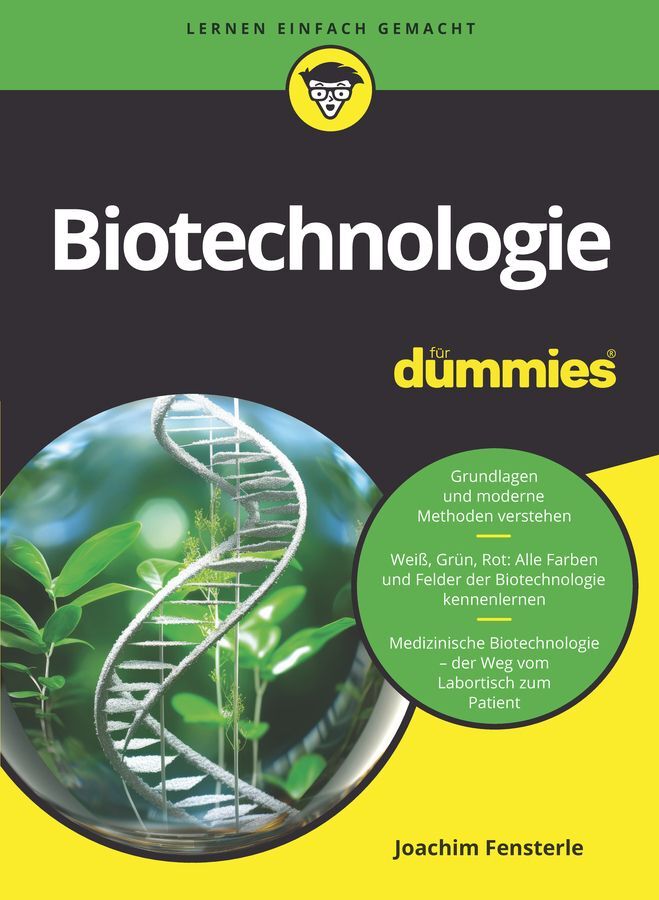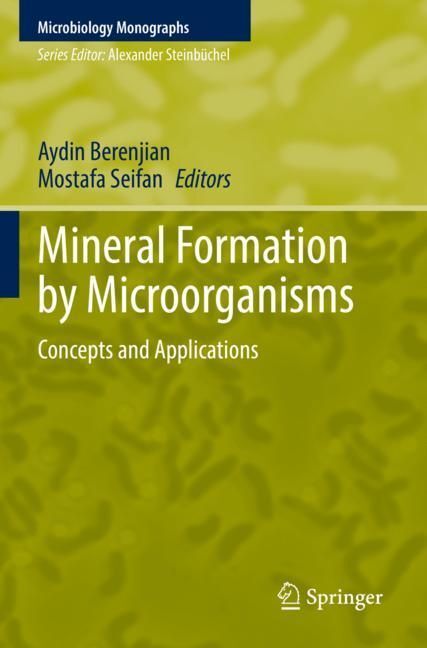Microalgal Biotechnology: Potential and Production
This book treats the biological fundamentals of microalgal biotechnology and provides an overview of applications and products. It includes a survey of the state-of-the-art in process engineering of algae cultivation mass production, advanced technologies in closed photobioreactors, genetic manipulation and bioprocess engineering. Contributions from academia and industrial case studies make this book a comprehensive survey of current progress in microalgae biotechnology. This book will be of interest to active people in biology, biotechnology, and engineering.
1;Preface;52;1 Introduction - Discovering Microalgae as Source for Sustainable Biomass;212.1;1.1 All life eminates from the sun! All life originates from the sea!;212.2;1.2 Sustainable microalgal biomass of the third generation;232.2.1;1.2.1 Microalgae produce 5 times more biomass per hectare than terrestrial crops;232.2.2;1.2.2 Microalgae can be cultivated in arid areas which are not suitable for agriculture;242.2.3;1.2.3 Microalgae exhibit high lipid contents over 50% and high titers of other products;242.3;1.3 The technical challenge;242.3.1;1.3.1 Microalgae can use CO2 and sunlight;242.3.2;1.3.2 Microalgae can deliver cheap sustainable biomass for bulk chemicals and biofuels;252.3.3;1.3.3 Microalgae can be produced nearly everywhere;252.3.4;1.3.4 Microalgae do not need pesticides and only little fertilizers;262.3.5;1.3.5 Closed photobioreactors as tools of choice;273;The biological potential of microalgae;293.1;2 Phylogeny and systematics of microalgae: An overview;313.1.1;2.1 Introduction;313.1.2;2.2 Diversity and evolution of microalgae;363.1.2.1;2.2.1 Algal diversity;363.1.2.2;2.2.2 Algal evolution;373.1.3;2.3 Cyanobacteria: The prokaryotic algae;393.1.4;2.4 Plantae or Archaeplastida supergroup: Green algae, red algae and glaucophytes;423.1.4.1;2.4.1 Viridiplantae: The green algae distributed over two phyla;423.1.4.2;2.4.2 Rhodophyta: Red algae;453.1.4.3;2.4.3 Glaucophytes;463.1.5;2.5 Chromalveolate algae: The photosynthetic Stramenopiles (heterokont algae);463.1.5.1;2.5.1 Diatoms (Bacillariophyta; photosynthetic Stramenopiles);473.1.5.2;2.5.2 Eustigmatophyceae and Xanthophyceae (photosynthetic Stramenopiles);493.1.5.3;2.5.3 Other photosynthetic Stramenopiles;503.1.5.3.1;2.5.3.1 Raphidophyceae;503.1.5.3.2;2.5.3.2 Synurophyceae and Chrysophyceae;503.1.5.3.3;2.5.3.3 Phaeophyceae;513.1.6;2.6 Chromalveolate algae: coccolithophorids and haptophyte algae;513.1.7;2.7 Chromalveolate algae: Dinoflagellates (Dinophyta);523.1.8;2.8 Euglenoids (Excavata supergroup);533.1.9;Acknowledgements;533.1.10;References;543.2;3 Balancing the conversion efficiency from photon to biomass;593.2.1;3.1 Introduction;593.2.2;3.2 Definition of important terms;603.2.2.1;3.2.1 Photosynthetic efficiency;603.2.2.2;3.2.2 Growth efficiency (photon to biomass efficiency);613.2.3;3.3 Physiological dynamics of processes which control biological energy conversion efficiency;653.2.3.1;3.3.1 Absorption;653.2.3.2;3.3.2 Regulation and efficiency of photochemistry;663.2.3.3;3.3.3 Regulation of electron flow;673.2.3.4;3.3.4 Regulation of carbon allocation;683.2.4;3.4 Conclusions for microalgal biotechnology;703.3;References;713.4;4 Algae symbiosis with eukaryotic partners;753.4.1;4.1 Introduction to algae-specific symbiosis;753.4.1.1;4.1.1 Importance of algae symbiotic relationships;753.4.1.2;4.1.2 Modes of algae symbiosis with eukaryotes;763.4.2;4.2 Aquatic systems;783.4.2.1;4.2.1 Algae symbiosis with Cnidaria;783.4.2.1.1;4.2.1.1 Symbiont uptake and management;803.4.2.1.2;4.2.1.2 Flux of primary metabolites in host and symbiont;803.4.2.1.3;4.2.1.3 Optimizing photosynthesis for efficient metabolite exchange;813.4.2.1.4;4.2.1.4 Symbiont-derived secondary metabolites;813.4.2.1.5;4.2.1.5 Effects of environmental stress on symbiosis;823.4.2.2;4.2.2 Algae symbiosis with Porifera;823.4.2.2.1;4.2.2.1 Morphology of sponge-algae associations;833.4.2.2.2;4.2.2.2 Symbiont uptake, specificity and transmission;843.4.2.2.3;4.2.2.3 Flux of primary metabolites in host and symbiont;843.4.2.2.4;4.2.2.4 Symbiont-derived secondary metabolites;853.4.2.2.5;4.2.2.5 Effects of environmental stress on symbiosis;853.4.2.3;4.2.3 Algae symbiosis with Mollusca;863.4.2.3.1;4.2.3.1 Morphology of mollusc-algae associations;863.4.2.3.2;4.2.3.2 Symbiont uptake and maintenance;873.4.2.3.3;4.2.3.3 Flux of primary metabolites in host and symbiont;883.4.3;4.3 Terrestrial system;883.4.3.1;4.3.1 Lichens: Ecological pioneers;883.4.3.2;4
| ISBN | 9783110225020 |
|---|---|
| Article number | 9783110225020 |
| Media type | eBook - PDF |
| Copyright year | 2013 |
| Publisher | Walter de Gruyter GmbH & Co.KG |
| Length | 285 pages |
| Language | English |
| Copy protection | Digital watermarking |

